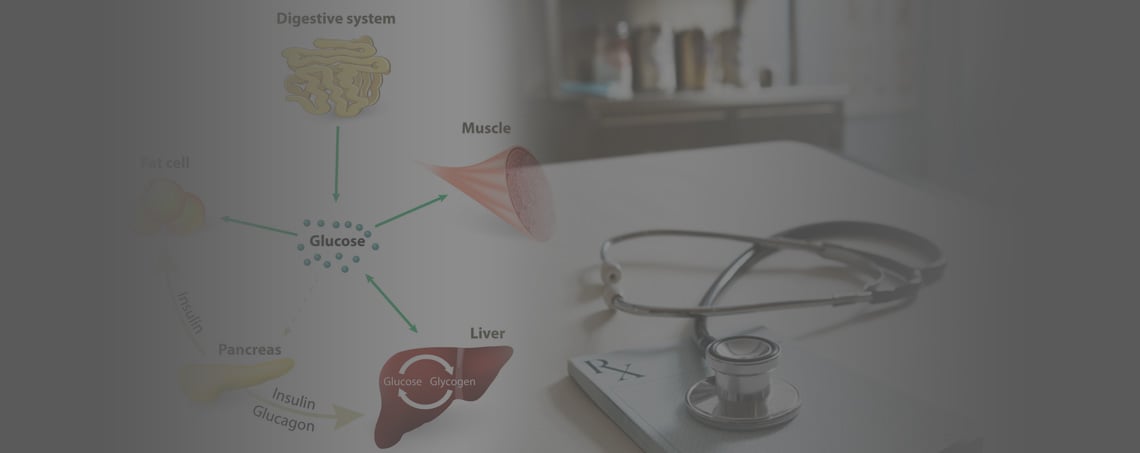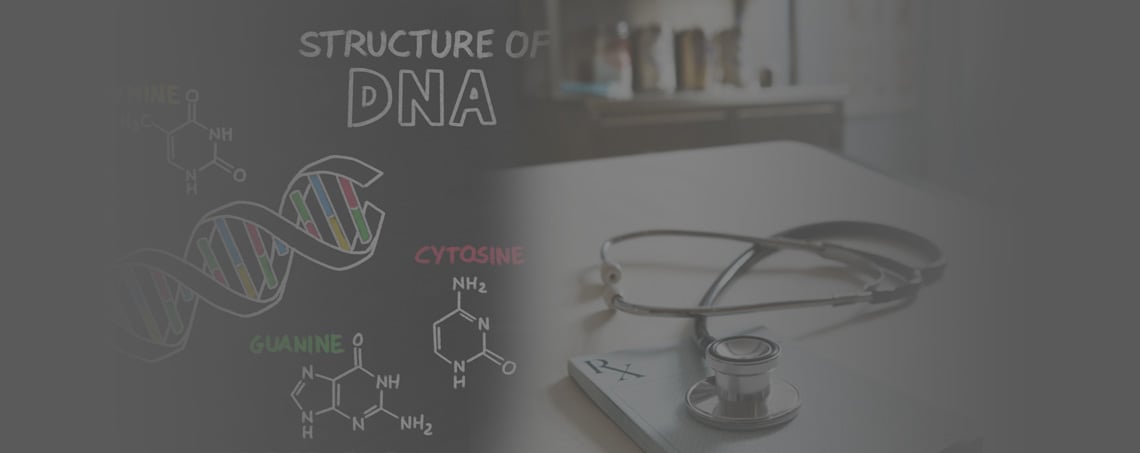Decoding Hemochromatosis Stages: A Guide to Early Detection and Management
Have you ever looked at your blood values and wondered if they might indicate hemochromatosis or what the implications of this could be? Hemochromatosis, a condition defined by excessive absorption and accumulation of iron in the body, is something that should be caught early to prevent progression through its stages. In this article, we'll walk you through the stages of hemochromatosis, what to watch for, and why early detection is critical.
The Stages of Hemochromatosis
Hemochromatosis is often linked to genetic factors, particularly among individuals with Northern European ancestry. Identifying it early can lead to timely intervention, preventing significant organ damage. This guide is designed to deepen your understanding of hemochromatosis. By laying out the stages of hemochromatosis will help you take proactive steps in monitoring and managing your health.
Stage 0: Genetic Predisposition
The first stage, or Stage 0, involves carrying the genetic predisposition without showing any actual symptoms. At this stage, lab tests, including transferrin saturation tests, may reveal elevated percentages but with no visible signs of iron overload.
Stage 1: Preclinical Stage
In Stage 1, symptoms are nearly nonexistent, and routine lab tests may still appear normal. However, transferrin saturation levels may be higher, indicating early iron overload or accumulation. It is critical not to dismiss these indicators even when ferritin levels remain normal.
Stage 2: Mild Iron Overload
During Stage 2, early signs of iron accumulation become apparent, although numbers in lab tests might still be within normal ranges. You might begin to experience symptoms such as joint pain, fatigue, or general weakness. Slight elevations in liver enzymes may also occur, signifying that iron is starting to affect organ function.
Stage 3: Moderate Iron Overload
As we progress to Stage 3, symptoms become more pronounced and noticeable. These may include abdominal pain, more intense joint and muscle pain, skin discoloration, and persistent fatigue. Lab tests often reveal ferritin levels outside of the normal range, signaling the likelihood of organ damage and requiring immediate management.
Stage 4: Severe Iron Overload
Stage 4 represents the most severe form of hemochromatosis, characterized by significant organ damage. Symptoms or signs include liver cirrhosis, cardiomyopathy, diabetes, and other critical organ dysfunctions. Iron accumulation in this stage is extremely high, and it's essential to get medical attention to prevent further damage.

Importance of Early Detection
Detecting hemochromatosis in its early stages can make a significant difference. Regular testing for those with a family history or of Northern European descent is crucial. Understanding and monitoring your iron, iron saturation, and ferritin levels are important to monitor and manage before it leads to more problems and extensive organ damage.
The management hemochromatosis typically involves therapeutic phlebotomy, a process which involves regular blood removal to maintain appropriate iron levels. The frequency of these treatments depends on individual test results and iron saturation levels.
Hopefully, this helps you better understand the stages of hemochromatosis and the importance of early detection. If you suspect you have hemochromatosis or notice related symptoms, get further evaluation. Understanding this progressive condition paves the way for effective management and improved health outcomes.
If you have questions on this topic or related health concerns, feel free to reach out in the comments. For an in-depth exploration of your health, consider scheduling an appointment with one of our providers.

















